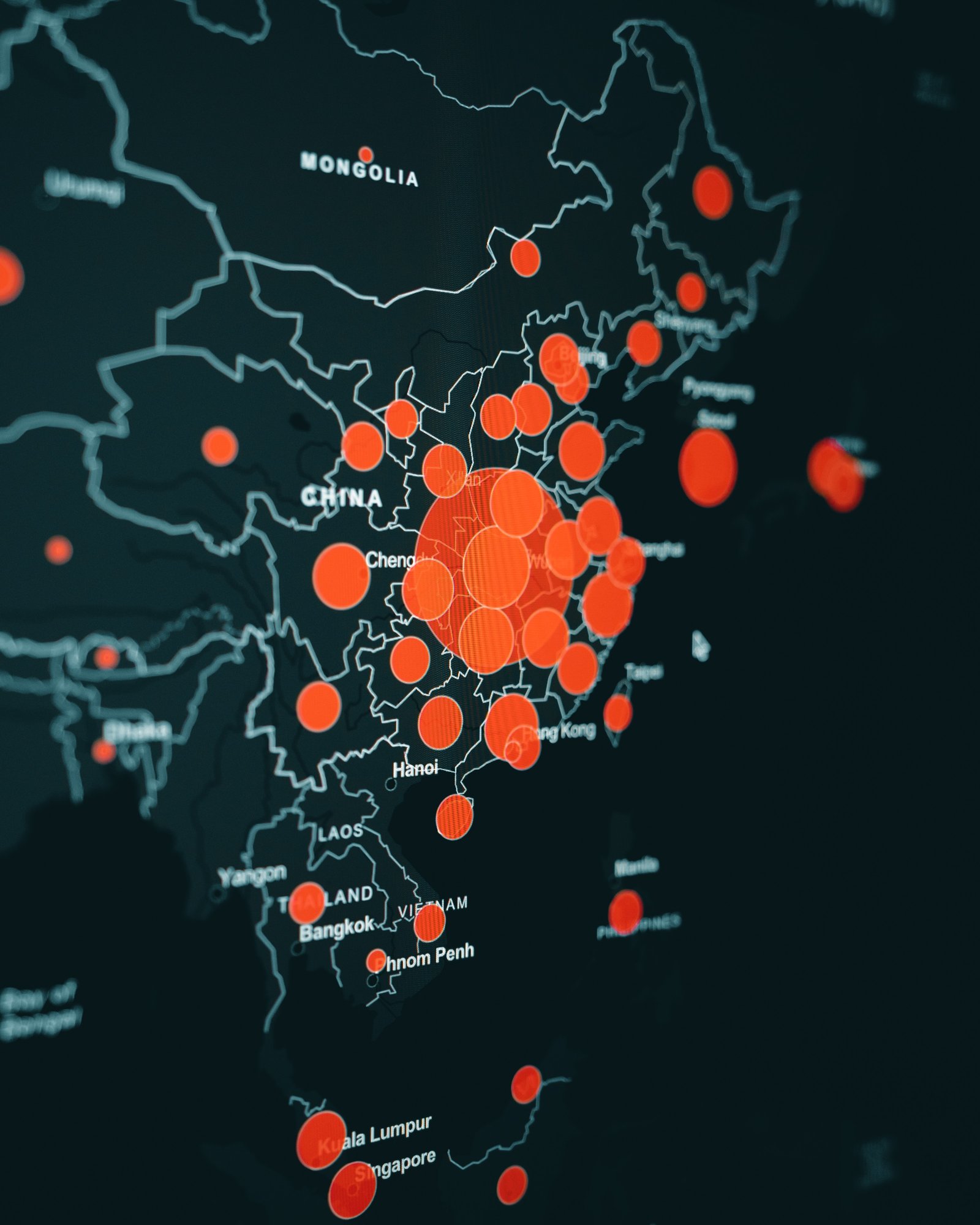Business Intelligence
Process and Methodology

The approach
In today's data-driven world, businesses of all sizes and industries are looking for ways to gain insights from their data and turn it into actionable information. This is where Business Intelligence (BI) comes into play. BI is a set of technologies, tools, and practices that enable organizations to collect, store, analyze, and visualize data to gain insights that can drive better decision-making and improve performance. With the help of BI, businesses can leverage their data to identify trends, spot opportunities, mitigate risks, and gain a competitive edge in their industry.
However, BI is not just about implementing the latest technology or tool. It requires a strategic approach that aligns with the organization's goals, culture, and processes. This is why the Business Intelligence process involves several stages, from defining business requirements and identifying data sources to designing reports and dashboards and deploying the BI solution. Each stage requires a specific set of skills, knowledge, and tools to ensure that the BI solution meets the organization's needs and delivers value.
At Atoombase, we specialize in providing end-to-end Business Intelligence services that help our clients harness the power of data to make better decisions, improve performance, and achieve their goals. Our team of BI experts has years of experience in designing, developing, and deploying BI solutions that are tailored to each client's unique needs and requirements. Whether you need help with data warehousing, ETL (Extract, Transform, Load) processes, reporting, dashboarding, or data visualization, we have the skills and expertise to deliver high-quality BI solutions that meet your needs and exceed your expectations.
guidance
Navigating a strategic roadmap
Identify business requirements
This step involves understanding the business objectives and goals that the BI solution will support. It also involves identifying the key performance indicators (KPIs) and metrics that will be used to measure the success of the solution. To accomplish this, you may need to engage with stakeholders from various business units to gather information and requirements.
Gather and integrate data
Once the requirements are defined, the next step is to gather the necessary data from various sources. This may include internal systems, external data providers, and third-party data sources. The data needs to be integrated and transformed into a format that is suitable for analysis. This may involve data cleansing, data normalization, and data enrichment.
Develop data models
With the data in a suitable format, the next step is to develop data models that support the business requirements. This involves designing data structures and relationships that allow for efficient querying and analysis. Depending on the complexity of the data, this step may involve the use of data warehousing, data marts, or other advanced data modeling techniques.
Build visualizations and dashboards
With the data models in place, the next step is to build visualizations and dashboards that enable users to interact with the data. This involves selecting the appropriate tools and technologies for creating reports, charts, and other visualizations. The goal is to create a user-friendly interface that enables users to explore the data and gain insights into the business.
Analyze and interpret the data
Once the visualizations and dashboards are in place, the final step is to analyze and interpret the data. This involves using statistical techniques and algorithms to identify patterns, trends, and anomalies in the data. The insights gained from this analysis can be used to inform business decisions and drive strategic planning.
